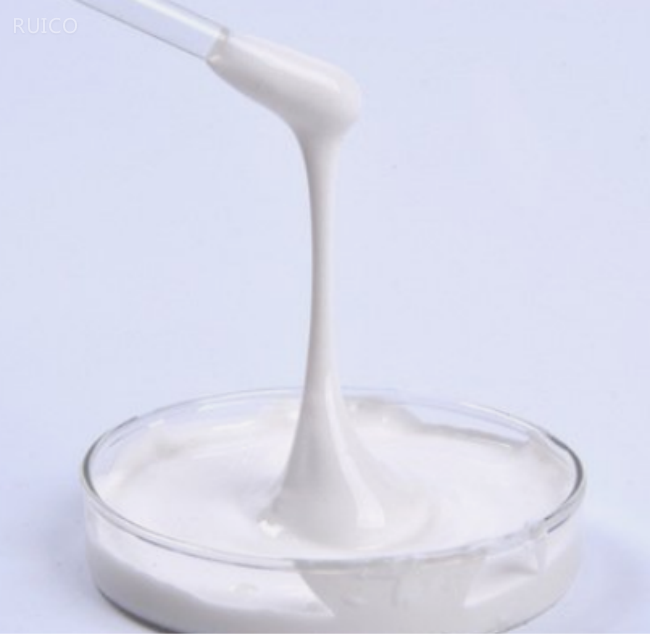Update:
Fire-resistant coatings are used to apply to the surface of objects to prevent the rapid spread of fire and improve the...
Fire-resistant coatings are used to apply to the surface of objects to prevent the rapid spread of fire and improve the fire resistance of objects. Moreover, fire-retardant coatings can be divided into organic fire-retardant coatings and inorganic fire-retardant coatings. Let's take a look at the differences between the two.

First, the composition is different.
Organic fire-retardant coatings mainly refer to flame-retardant organic polymers, such as nitrogen-containing resins (modified amino resins), halogen-containing resins (chlorinated rubber), perchloroethylene resins, vinyl acetate copolymer resins or emulsions.
Inorganic fire-retardant coatings are also known as flame-retardant fire-retardant coatings. Flame-retardant fire-retardant coatings are self-flammable, including emulsion-based fire-retardant coatings and fire-retardant coatings containing flame retardants.
Second, the fire protection mechanism is different.
The organic fire retardant coating is an intumescent fire retardant coating, and the inorganic fire retardant coating is a non-expandable fire retardant coating.
The organic fireproof coating can expand and foam to form a heat-insulating fireproof layer. Inorganic fire-retardant coatings mainly rely on the flame retardancy of their own materials for fire prevention, and will not expand or foam.
Third, the colors are different.
The color of inorganic fire-retardant coatings is relatively monotonous, while the color of organic fire-retardant coatings is diverse. The main reason is that most of the pigments on the market are organic pigments, which are bright and eye-catching.
